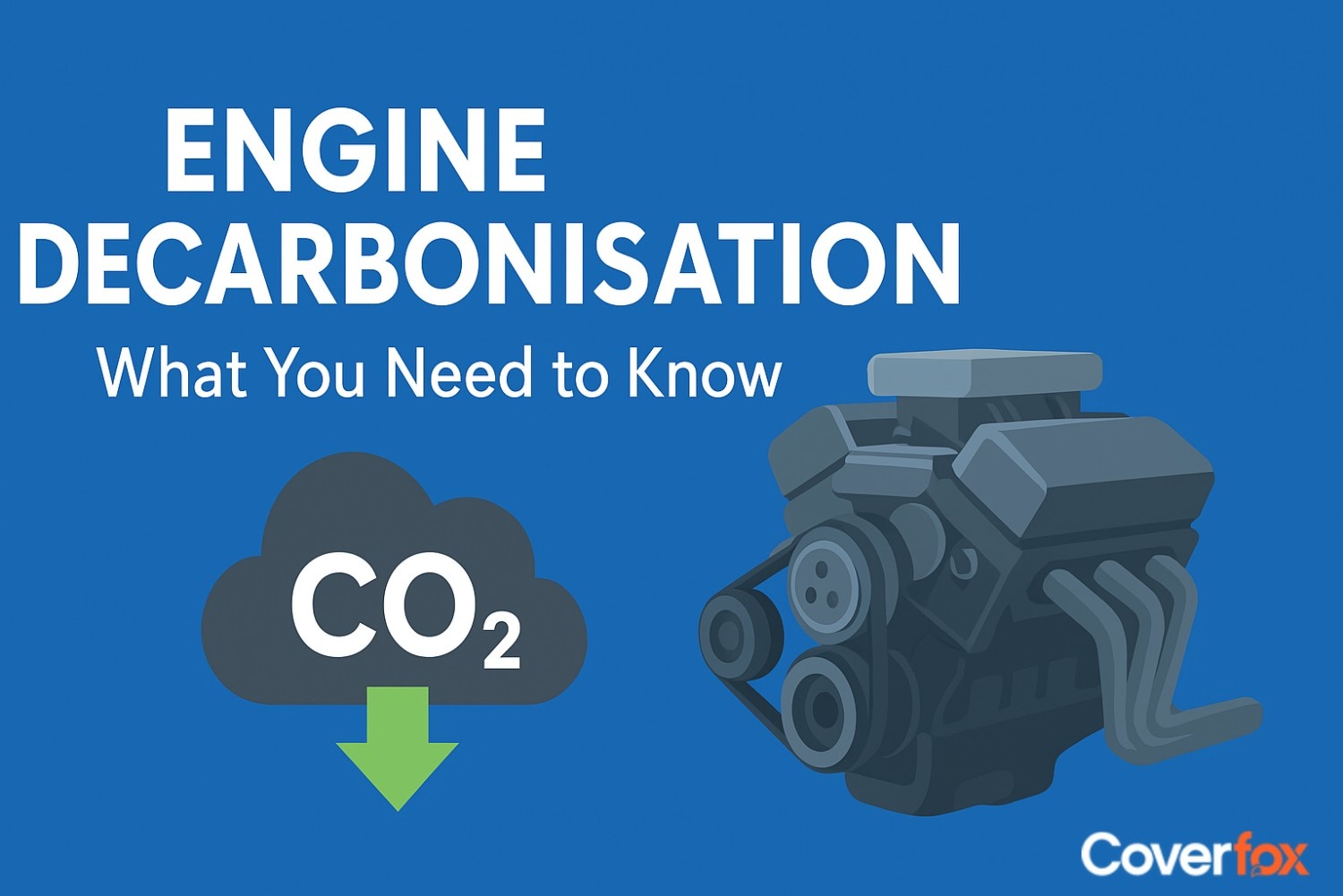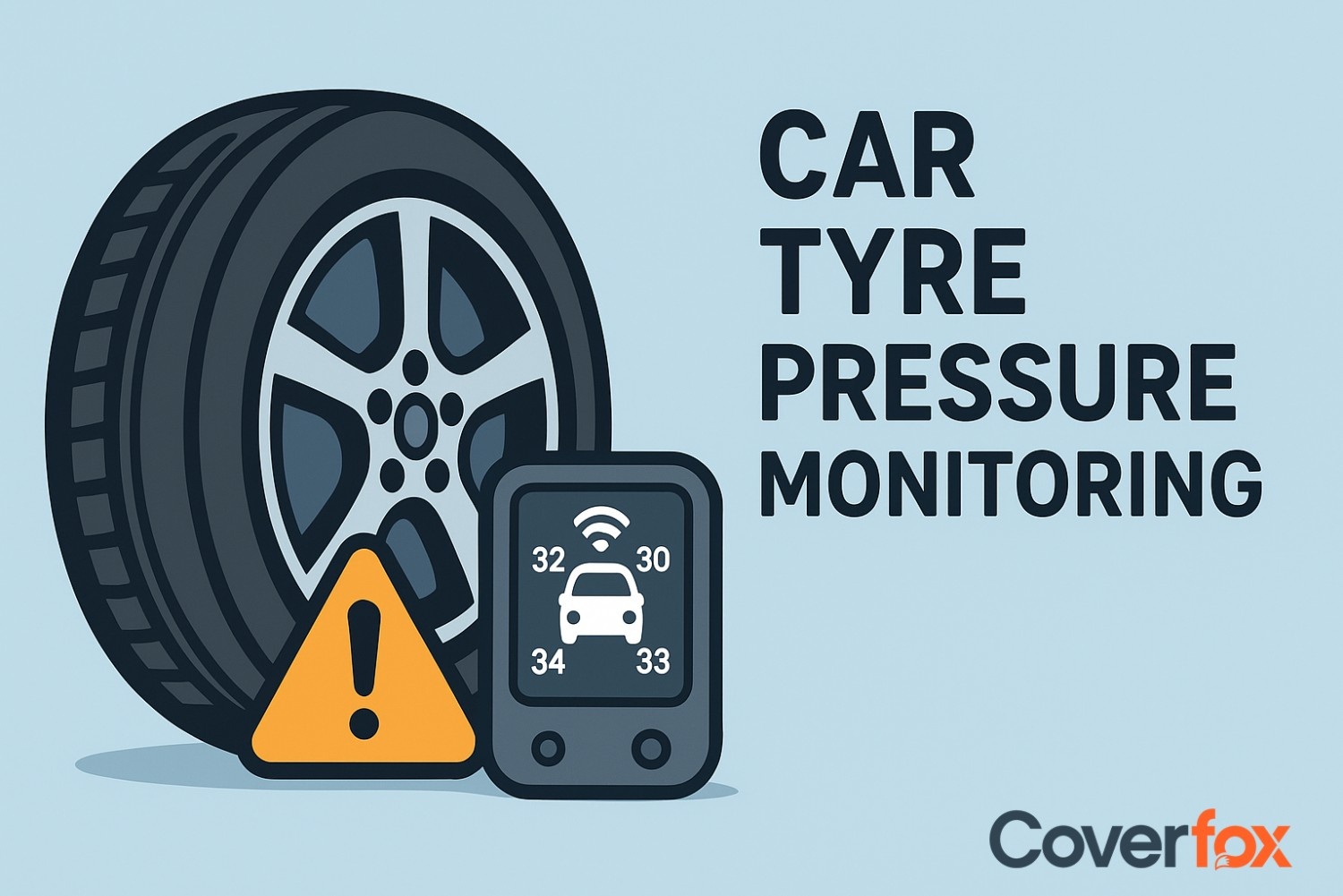Purchasing a car involves going through various aspects of the car, including the fuel efficiency, engine capacity, design, safety features, and even the transmission. Yes, transmission is also a vital factor to consider before you make your choice of car. When Transmission is mentioned, you must have heard the terms “Manual” and “Automatic” associated with it.

But are you familiar with the concept of AMT? To understand what AMT is in cars, it stands for Automated Manual Transmission, and its purpose is simple—to save you from the hassle of manually shifting between clutch and gear. Over the past decade, AMT cars in India have only surged in popularity. To learn more, the guide below delves deeper into what AMT in a car means, how the system operates, its advantages, and the potential trade-offs associated with its use.
What Is AMT (Automated Manual Transmission) in a Car?
AMT, better known as Automated Manual Transmission, is a transmission that consists of electronic or hydraulic actuators that help propel the vehicle. These help to automate the clutch and gear-shift operations, without requiring human input. Simply put, an AMT car combines the best benefits of both manual and automatic transmission, allowing smooth transmission similar to automatic transmissions, while providing the control and efficiency handled by manual transmissions.
Types of Transmissions in Cars
Have a look at the type of transmission available in cars:
Manual Transmission (MT)
Automatic Transmission
Manual Transmission has been the oldest type of transmission, originally used for gear shifting. In this type, the driver is required to engage the clutch and shift gears manually. But this can prove to take a physical toll on the driver, especially after extended hours of driving.
This type of transmission does not require any manual control by a driver. Gears are switched automatically using a torque converter and a sensor, making driving simpler. However, it does not provide complete control to the driver while also compromising on fuel efficiency.
How Does an Automated Manual Transmission Work in Cars?
AMT simplifies the driving experience, especially in heavy traffic conditions. To understand how exactly does AMT transmission works, have a look at the following:
Actuators and Sensors
Clutch Operation
Gear Shifting Mechanism
Multiple Driving Modes
Through the use of electronic control units (ECUs), actuators, and various sensors in AMT systems, various variables are monitored, including vehicle speed, engine RPM, and throttle position. Upon reaching the optimal gear shift point, the ECU can control clutch and gear selections.
Through the use of actuators and sensors, the clutch pedal does not need to be operated manually; instead, it is able to automatically engage and disengage the clutch, without the need for any human input.
The ECU also helps automate the gear-shifting mechanism in an AMT car, helping determine the optimal time to shift gears. In case the driver does not agree with the gear selection, they can override it to control it manually as well.
An ideal benefit of AMT is switching between multiple driving modes, be it between fully automatic, semi-automatic, or manual driving modes. This choice depends on the driver and the control they require, as automatic mode shifts gears using actuators and sensors, while manual mode is under the full control of the driver.
Popular AMT Cars in India
In case you are looking to purchase one, check out the widely known AMT Cars in India:
| Car Model | AMT Variants | Body Type | Mileage (up to) | Ex-showroom Price |
|---|---|---|---|---|
| Tata Nexon | Smart+, Pure+, Pure+ S | SUV | 18 kmpl | Rs. 8.89 – 10.69 lakh |
| Renault Kwid | RXL(O), RXT, CLIMBER | Hatchback | 22.3 kmpl | Rs. 5.44 – 6.45 lakh |
| Tata Punch | Adventure, Adventure+, Accomplished+, Creative+ | Compact SUV | 20 kmpl | Rs. 7.76 – 9.71 lakh |
| Maruti Suzuki Dzire | VXI, ZXI, ZXI+ | Sedan | 25.71 kmpl | Rs. 8.34 – 10.19 lakh |
| Maruti Suzuki Swift | VXI, VXI (O), ZXI, ZXI+ | Hatchback | 25.75 kmpl | Rs. 7.79 – 9.49 lakh |
| Maruti Suzuki Fronx | Delta, Delta+ | SUV | 23 kmpl | Rs. 8.88 – 9.43 lakh |
| Mahindra XUV3XO | MX2 PRO, MX3, MX3 PRO, AX5, AX5L, AX7, AX7L | SUV | 20.6 kmpl | Rs. 10.38 – 15.56 lakh |
Advantages and Disadvantages of Automated Manual Transmission in a Car
Take a close look at the benefits and limitations offered by an AMT Car:
| Advantages of AMT cars | Disadvantages of AMT cars |
|---|---|
| Cost-Effective: Usually cheaper to buy and maintain than other automatic transmissions. | Inconsistent Shifting of Gears: Can feel less smooth or responsive compared to traditional automatics. |
| Fuel-Efficient: Delivers mileage comparable to manual transmissions; better than other automatics. | Complex Electronics: More parts (sensors, actuators) can increase complexity, which means higher repair costs if they fail. |
| Easy to Drive: No clutch pedal, automatic gear shifts, ideal for city traffic and new drivers. | Limited Manoeuvrability: Can lead to unplanned upshifts while overtaking, as RPM ranges are preset, which is not ideal for safety purposes. |
| Flexible: Lets you switch between automatic and manual modes as needed. | Takes Practice for Smooth Driving: Requires time to master smooth acceleration and gear shifts. |
| Prevents Driver Fatigue: Reduces tiredness for drivers—only the accelerator and brake need to be used, especially helpful for regular commutes in traffic. | Less Engaging for Enthusiasts: May not be as fun or connected as manual driving for some users, as provided by manual transmissions. |
Important Maintenance Tips for AMT Cars in India
Here are some tips to help you maintain an AMT car in a better manner:
- Maintain a steady throttle input.
- Do not accelerate hard while getting right off the mark.
- Do not rest your foot on the brake pedal and use the brakes only when required.
- Avoid driving aggressively.
- To stay more connected with the vehicle, make use of manual mode.
- Avoid using brakes while creeping in traffic.
Final Words
The steep increase in amt cars in India is no surprise, as these cars provide many vital benefits, including fuel efficiency, affordability, flexibility, and convenience to drive on Indian roads. Even though there are certain drawbacks, such as inconsistent gear shifts and some limitations on hilly roads, there are ways to maintain your AMT car and drive them efficiently.
While making the choice for an AMT car that balances cost-saving with modern driving convenience, do not forget to equip your car with the right four-wheeler insurance policy. To do so instantly and smoothly, visit Coverfox and find the right plan that matches your needs perfectly—and purchase it within minutes!
Also Read:
Frequently Asked Questions
What are the two types of AMT?
Under AMT, the two types included are single-clutch, which is more common and found in entry-level cars, and dual-clutch, which is known for smoother and quicker shifts.
Are car models with AMT available in India?
Yes, many AMT cars in India are available, such as the Tata Nexon Smart+, Renault Kwid RXT, Maruti Suzuki Swift VXI, and others.
Can I drive an AMT car in manual mode?
Yes. AMT cars allow you to conveniently switch between manual and automatic modes, with manual mode providing the driver full control to change gears manually through a gear lever.
Are AMT cars suitable for all types of roads?
In general, AMT cars are suited for a hassle-free driving experience, especially during heavy traffic conditions and on highways. However, they may not offer the best performance on steep, hilly roads or highly demanding terrains.





